Looking to rent or buy a 3-bedroom apartment in Japan? Costs vary widely based on city, location, and property age. In Tokyo, rental prices often start from ¥300,000 monthly, while purchase costs can exceed ¥80 million. More budget-friendly options are available in nearby suburbs and regional areas. This guide helps you explore current housing prices, compare key locations, and find the best option for your lifestyle and budget.
Understanding the “3LDK” Apartment Layout
In Japanese real estate, 3LDK refers to a home with three private rooms, plus a shared Living, Dining, and Kitchen area. This format is popular among families, professionals who work from home, and those needing extra space for guests or hobbies. Compared to smaller layouts like 1K or 2DK, a 3LDK offers more flexibility and comfort, especially for long-term residents.
These apartments are often found in both urban and suburban neighborhoods. If you’re renting an apartment in Tokyo or planning on buying an apartment in Tokyo, knowing the layout terminology will help you quickly filter listings that match your lifestyle. This type of unit is considered standard for the Japanese middle class and increasingly appealing to expat families.
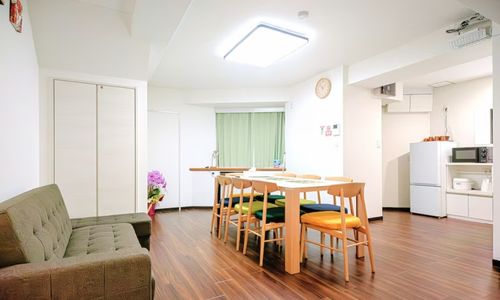
Spacious 3LDK Family Apartment
Typical Size and Floor Plan of 3-Bedroom Units
A typical 3-bedroom apartment in Japan ranges from 65 to 85 square meters, depending on the building’s age and location. Some layouts offer traditional tatami rooms, while others have fully modern interiors with open kitchens, walk-in closets, and balconies.
Families earning the median salary in Japan, which hovers around ¥4.5 to ¥5.5 million yearly, often prefer this type of apartment for its balance between size and cost. People with upper middle class salaries in Japan may look for newer or more spacious units in city centers or premium suburbs. If you’re looking for Japanese housing that’s family-friendly, a 3LDK provides both functionality and privacy.
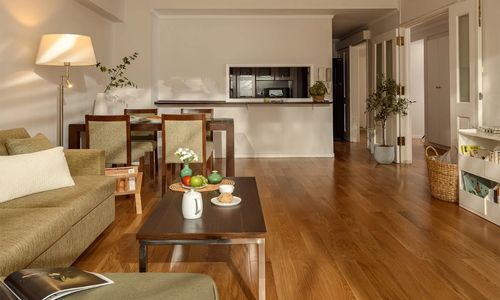
Comfortable Living in a 3LDK Apartment
Rental Prices by Region
Rental rates for 3-bedroom apartments vary greatly across Japan. While some areas remain affordable, others, especially big cities, require a higher monthly budget. Understanding the relationship between salary in Japan and housing costs is essential when choosing a place to live.
If you earn the average income in Japan, you’ll likely be more comfortable in suburbs or regional cities, where rents are lower. The median income Japan reports provide useful benchmarks when planning your budget. Whether you’re exploring options for renting an apartment in Tokyo or another urban center, knowing what you can afford is the first step.
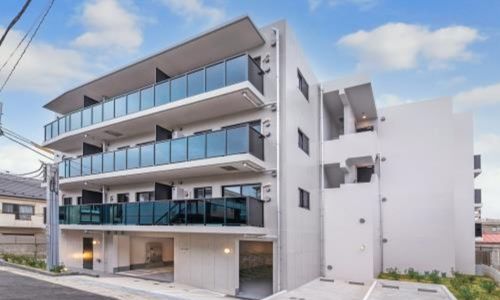
Affordable 3LDK Living Options
Tokyo
Tokyo remains the most competitive and expensive rental market in the country. In central districts such as Minato, Chiyoda, or Shinjuku, a 3LDK apartment can cost between ¥300,000 and ¥500,000 per month. These areas are popular among high earners, corporate tenants, and foreign professionals.
In contrast, suburban Tokyo offers better value, with similar apartments starting from around ¥180,000 to ¥250,000 per month. This range is more in line with the Tokyo median income, which was projected to reach ¥7.5 million in 2025. If you’re considering a Tokyo apartment for sale, expect prices to start at ¥60 million and climb depending on proximity to the city center. This is why understanding both Tokyo average income and property trends is crucial for long-term financial planning.
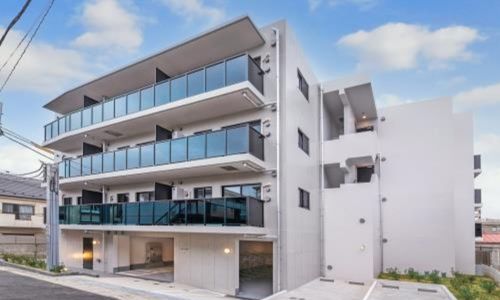
3LDK in Central vs Suburban Tokyo
Osaka
Osaka provides more flexibility for renters, with 3-bedroom apartments averaging ¥120,000 to ¥180,000 monthly in central districts like Namba or Umeda. Suburban areas such as Sakai or Ibaraki offer even lower prices, making the city more attractive to families with average incomes.
Given that the average salary in Osaka is slightly lower than Tokyo, this price difference helps maintain housing affordability. Those searching for apartments in Japan for rent or even considering apartments for sale in Osaka will find a wide variety of choices that suit different income brackets, including those earning the Japan median income.
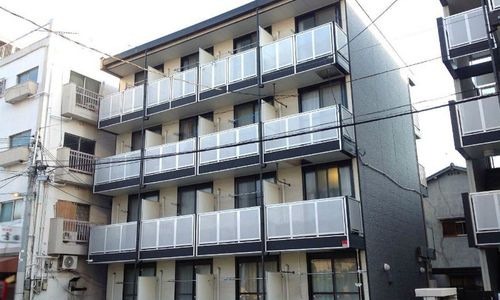
Affordable 3LDK Apartments in Osaka
Other Major Cities
In cities like Fukuoka, Sapporo, Nagoya, and Kyoto, renting a 3LDK is often more budget-friendly. Monthly costs typically range from ¥90,000 to ¥140,000, which fits well within the spending limits of households earning the average household income in Japan. These cities are excellent options for people seeking more space without Tokyo-level prices.
If you’re earning a stable monthly salary in Japan but want to avoid the intense housing competition of Tokyo, these regional cities offer a practical balance between affordability and quality of life. Whether you’re interested in Japanese housing for rent or evaluating the possibility of buying, knowing the median income in your city, like the median household income in Tokyo or Tokyo suburbs,will help guide your decisions.
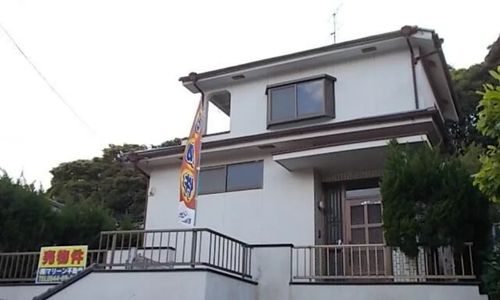
Budget-Friendly 3LDK in Regional Cities
Costs Involved in Renting a 3-Bedroom Apartment
Renting a 3LDK apartment in Japan comes with more than just monthly rent. From the initial move-in process to recurring payments and upkeep, it’s essential to understand all the associated expenses to avoid surprises and plan your budget wisely.
Initial Move-in Costs
When signing a lease, tenants are often required to pay upfront fees totaling four to six months’ rent, especially in Tokyo and other major cities. These may include:
- Security Deposit (Shikikin): Typically one to two months’ rent, refundable upon move-out if no damage is done.
- Key Money (Reikin): A non-refundable goodwill payment to the landlord, common in metro areas.
- Agency Fee: Paid to the real estate broker, usually equal to one month’s rent plus tax.
- Guarantor Company Fee: Often necessary in place of a personal guarantor, usually 50%–100% of one month’s rent initially.
- Home Insurance: Required by most landlords; typically ¥12,000–¥22,000 for two years.
- Lock Exchange Fee: Changing locks upon move-in costs around ¥12,000–¥22,000.
- Cleaning and Disinfection Fee: Some landlords charge ¥15,000–¥40,000 for professional cleaning.
- Lease Renewal Fee: Charged every two years if you renew, usually equal to one month’s rent.
Monthly Expenses
In addition to base rent, there are regular monthly costs that tenants must account for:
- Common Area Fees: Cover shared utilities like hall lighting, elevators, security, and waste management. Sometimes included in the rent; other times charged separately.
- Utilities: Electricity, water, and gas typically add up to ¥10,000–¥25,000 monthly, depending on usage.
Guarantor Renewal Fee: Yearly or biennial renewal for guarantor services, usually around ¥10,000. - Bank Transfer Charges: Tenants often pay around ¥500 per month to transfer rent to the management company.
Building Service and Operational Fees
If you’re renting in a condominium-style building or considering buying an apartment in Tokyo, you’ll also want to factor in ongoing maintenance costs:
- Management Fees: Cover upkeep of shared spaces (lobbies, elevators, security) and typically range from ¥200–¥500 per m² monthly.
- Repair Reserve Fund: Monthly contributions used for large-scale building repairs; usually ¥100–¥300 per m².
- Parking Fees: Renting a parking space in cities like Tokyo can cost between ¥20,000 and ¥50,000 monthly.
Sale Prices of 3-Room Apartments
Buying a 3-bedroom apartment in Japan depends heavily on location and property condition. In central Tokyo, especially in premium districts like Minato or Shibuya, prices often range from ¥80 million to over ¥150 million. Meanwhile, in outer suburbs or other major cities like Osaka, Sapporo, or Fukuoka, the cost typically falls between ¥30 million and ¥60 million. When budgeting, homebuyers should factor in additional expenses such as registration fees, annual taxes, and monthly building management costs.
Average Prices in Key Areas
Real estate prices across Japan differ widely based on area and nearby amenities. The following table provides the latest average costs, updated in June, for 3-bedroom apartments with a typical size of around 70–80 m²:
|
Area |
New Units (JPY) |
Pre-Owned Units (JPY) |
|
Tokyo City Center (Minato & Shibuya Wards) |
¥110–150 million |
¥80–100 million |
Tokyo Suburbs (Setagaya, Nerima) |
¥50–70 million |
¥40–60 million |
|
Osaka |
¥55–57 million |
¥45–50 million |
|
Fukuoka |
¥56 million |
¥38–45 million |
|
Sapporo |
¥51.5 million |
¥35–40 million |
|
Rural Areas |
~¥20 million |
~¥15–20 million |
Variables Impacting Home Value
Several components contribute to the value of real estate in Japan beyond floor space and room count:
- Location proximity: Apartments near major stations or in central districts typically demand a premium.
Building age: Newer buildings equipped with modern earthquake resistance and safety standards often command 20–40% higher prices. - Surrounding amenities: Proximity to schools, hospitals, parks, and shopping centers enhances property appeal and value.
- Urban planning and growth potential: Areas with ongoing development or infrastructure investment often see faster appreciation.
Renting vs. Buying: Pros and Cons
Choosing between renting and owning a home depends on your lifestyle, length of stay, and financial objectives. The table beneath provides an overview of the benefits and drawbacks for each alternative:
|
Criteria |
Renting |
Buying |
|
Initial costs |
Lower – usually 4–6 months’ rent as deposit, key money, and guarantor fees |
Higher – 10–20% down payment plus taxes and registration (approx. 6–10%) |
|
Flexibility |
High – easy to relocate, ideal for expats or short-term stays |
Low – long-term commitment, more difficult to sell quickly |
|
Ownership |
None – you lease the space |
Full – you can renovate, rent out, and build equity |
|
Maintenance expenses |
Mostly covered by the landlord |
Owners are in charge of managing any repairs and routine care. |
|
Asset appreciation |
Not applicable – rent payments don’t build equity |
Possible – capital gains if the property increases in value |
|
Market exposure |
Minimal – stable monthly rent with little risk |
Higher – potential for loss if market declines or resale timing is poor |
Communities Suitable for Raising Children
Choosing the right place to live in Japan is essential for families, especially when balancing daily comfort with cost. In Tokyo, suburban areas like Setagaya, Meguro, and Toshima are known for their quiet streets, parks, and good schools, making them top picks for middle-income households.
The average household income in Japan is around ¥5.5–6 million per year, while the median salary in 2025 stands at approximately ¥4.5 million. In Tokyo, earnings are higher, with median incomes often above ¥6.2 million, reflecting the city’s higher living costs.
For those in the Japanese middle class, living slightly outside central Tokyo, like in Urayasu (Chiba) or Kawasaki (Kanagawa), offers more space and lower prices. These suburban neighborhoods are popular for their balance of affordability and convenience.
When searching for housing, families usually consider commute times, school access, and surrounding amenities. With Tokyo’s average salary between ¥5.8 – 6.2 million and average apartment sizes ranging from 60 to 80 m², many people prefer renting first before committing to buy.
If you’re wondering how to rent an apartment in Tokyo, expect upfront costs like deposit, key money, and agency fees. Think about your long-term plans before deciding to buy property.
Whether you’re looking at the Japan salary guide 2024, comparing median income in Tokyo, or just planning ahead, the key is finding a home that fits your budget, lifestyle, and future goals.
How to Find and Secure a 3-Bedroom Apartment
Searching for a spacious 3-bedroom apartment in Japan? An Lac offers a seamless way to explore quality listings tailored for families and professionals needing extra room. Our platform features verified properties across Tokyo and surrounding suburbs, making it easy to filter by location, price, and size. Prefer personal guidance? Our experienced bilingual agents assist with everything from property tours to contract signing, helping you avoid common pitfalls and secure your ideal home with confidence. Whether you’re planning to rent or buy, An Lac simplifies the process, so you can settle in stress-free.
Critical Aspects to Evaluate Before Getting a Property
Searching for your next home in Japan? Whether you’re thinking of leasing or making a long-term investment, there are a few essential factors to keep in mind before signing any contracts. Here’s a simplified breakdown to guide your decision:
- Upfront Expenses: Renting typically comes with initial fees that total 4–6 months of rent, this may include deposit, “key money,” and agent charges. Meanwhile, buying a home requires more capital upfront, usually 5–10% of the purchase price, along with taxes and repair reserves.
- Long-Term Flexibility: Renting gives you more room to move,ideal for short stays or temporary plans. If you’re aiming to settle for the long haul, buying can offer greater security and ownership benefits.
- Resale Potential: Japanese homes, especially older constructions, often depreciate over time. Make sure to assess long-term property value and market demand before investing.
- Legal & Language Issues: Property contracts are often written in Japanese and involve complex procedures. If you’re not fluent, working with a bilingual real estate agent or legal expert is highly recommended.
- Safety & Natural Risks: Japan is prone to earthquakes and seasonal flooding. Always check the building’s earthquake resistance, location risk zones, and inspection history before choosing a property.
Conclusion
Demand for 3-bedroom residences in Japan continues to rise, especially among families and professionals in need of more functional space. Urban hubs like Tokyo and Osaka remain popular but come with premium costs. Meanwhile, suburban zones and secondary cities offer better value, larger layouts, and a more relaxed pace of life.
By 2025, rental and purchase prices differ significantly depending on area, transit access, and property condition. Whether leasing or buying, it’s important to match your lifestyle goals and financial plans with local housing conditions. With proper research and expert support, securing a comfortable 3-bedroom apartment in Japan is well within reach.
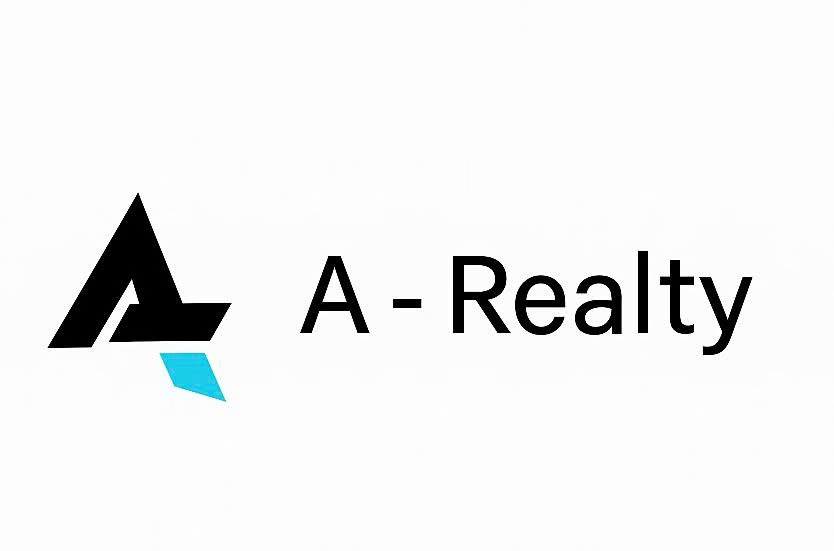
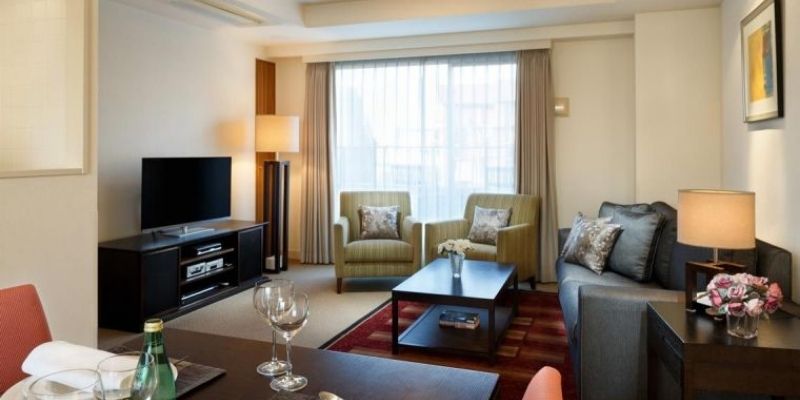

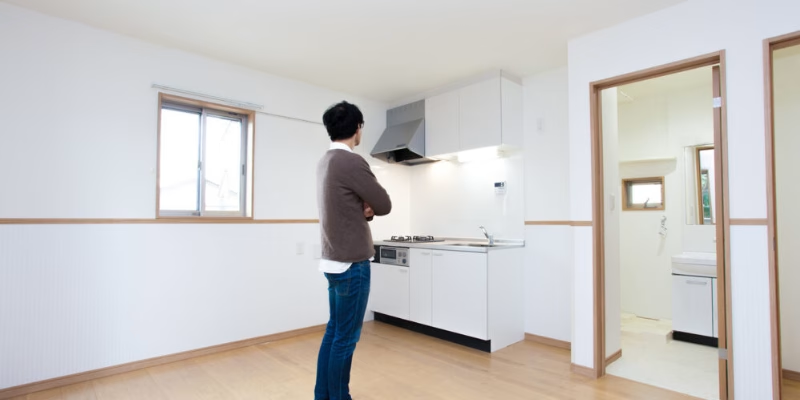
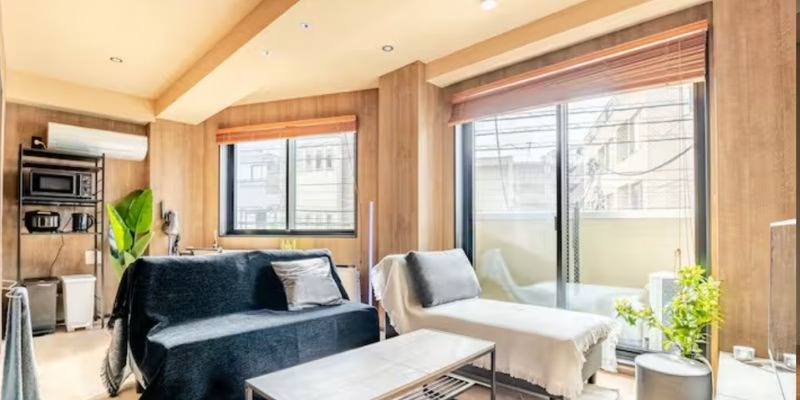
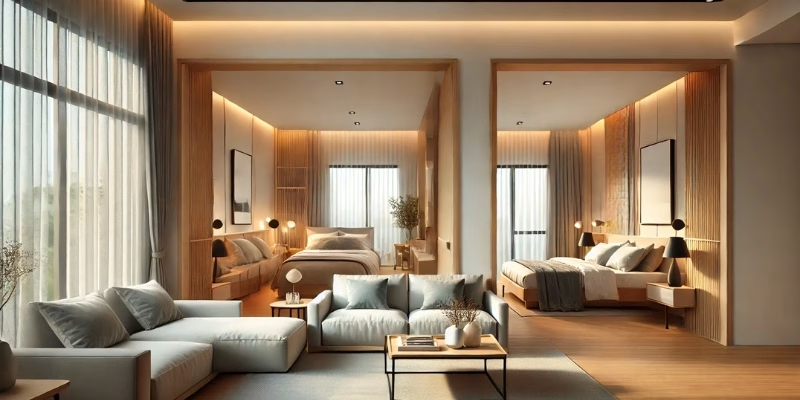
Leave a Reply